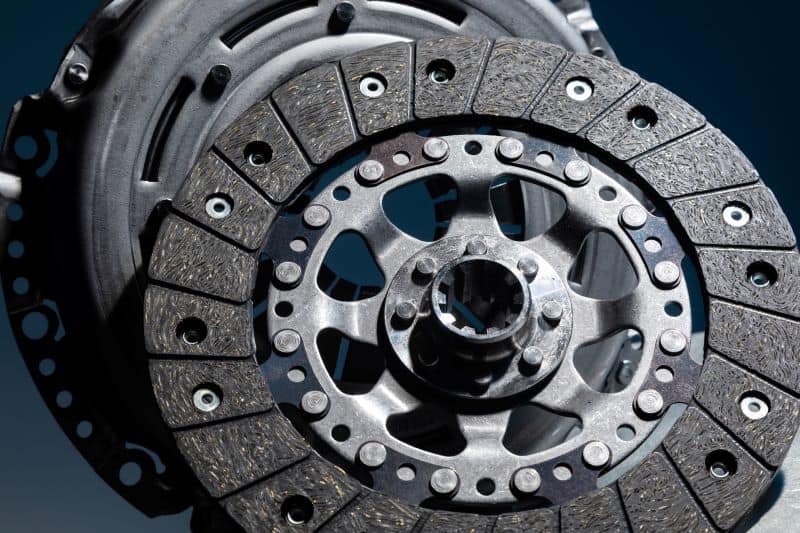The working of a multi-plate clutch is based on the controlled engagement and disengagement of multiple friction surfaces to transmit or interrupt power between the engine and the transmission. Here's a detailed working principle of a multi-plate clutch:
1. Basic Components
A multi-plate clutch consists of various alternating friction and steel plates stacked together in an alternating pattern. The friction plates have friction linings on their surfaces, while the steel plates are solid metal discs.
2. Clutch Assembly
The multi-plate clutch is located between the engine's flywheel (attached to the engine's crankshaft) and the transmission input shaft. When the clutch is engaged, it connects the engine and the transmission, transmitting the power to the wheels.
3. Clutch Actuation
This clutch has a pressure plate and a clutch release mechanism. When the driver depresses the clutch pedal, the clutch release mechanism disengages the pressure plate from the clutch stack, releasing the clamping force on the friction and steel plates.
4. Disengagement
When the pressure is released, the friction and steel plates are not clamped together tightly. This disengages the clutch from the engine's flywheel, interrupting the power transmission to the transmission input shaft. As a result, the engine's power does not transfer to the wheels, allowing the driver to change gears without causing damage to the transmission.
5. Engaging Gears
When the driver releases the clutch pedal, the clutch release mechanism applies pressure on the pressure plate. The pressure plate then exerts a force on the friction and steel plates, clamping them together.
6. Engagement
As the friction plates are clamped between the pressure plate and the flywheel, they start to rotate with the engine's flywheel. This transfers the engine's power to the transmission input shaft, allowing the vehicle to move.
7. Smooth Engagement
Multi-plate clutches are designed to engage smoothly to prevent jolts or jerks when transitioning from disengaged to engaged mode. This smooth engagement is crucial for a comfortable driving experience and to avoid stress on the transmission and drivetrain components.
8. Cooling and Lubrication
Multi-plate clutches generate heat during engagement, especially during high torque situations. To prevent overheating and ensure longevity, some multi-plate clutches have cooling systems and rely on the transmission fluid for lubrication.
The multi-plate clutch's ability to handle high torque, provide rapid engagement, and maintain durability makes it suitable for high-performance vehicles, heavy machinery, and various other applications where reliable power transmission is essential.


















